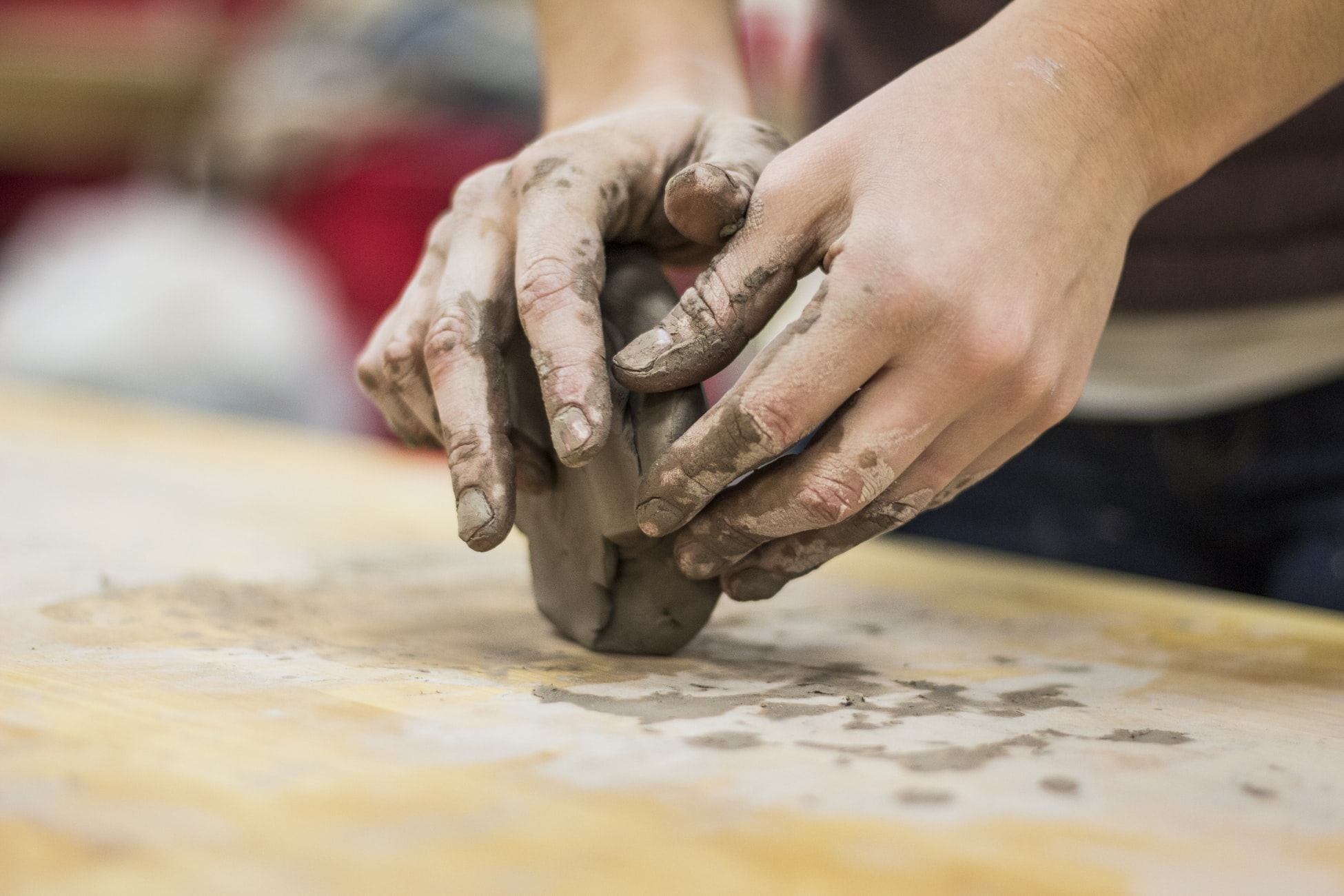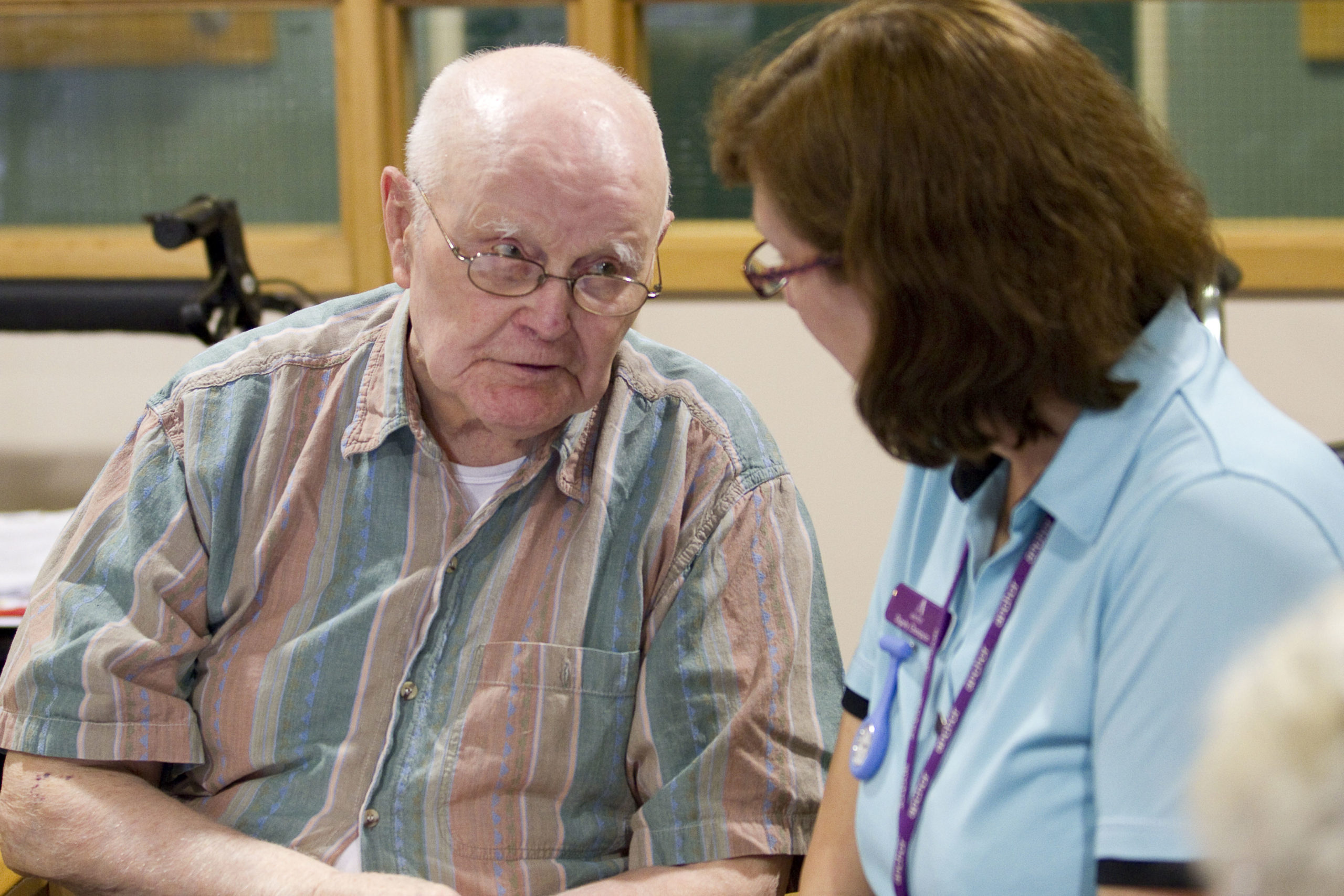Many of the most popular reminiscence activities use the senses as a tool for remembering and experiencing things. Smelling favourite perfumes, tasting childhood treats, watching much-loved movies and so on. But for deaf residents, you have to think a bit differently. Robyn Taylor shares some of her favourite activities to do with residents whose hearing is impaired…
If a resident’s hearing is impaired, their ability to be a part of a reminiscence session can be challenging, and many residents who cannot hear very well think they cannot join in with activities. They feel they cannot understand what is going on in activities, and so being deaf makes them feel lonely and isolated, even in a room full of people.
Of course there are barriers, but as an activity coordinator it is our responsibility to ensure that the individual can have a fulfilling experience of their own. Make sure to speak to any hearing-impaired residents, and find out how they feel about activities. For example, a person may love art, but they find it hard to follow instructions. Invite the person to the session ten minutes early to give them clear instructions and make sure they understand what you will be doing.

Here are some activity ideas you may wish to try:
Art: Focus on the sensation of creating art – vibrant, contrasting colours and the feel of paint and other materials. Encourage the person to express their feelings through this media.
Acting: Charades is a great game to play. The person can read what they must act out, while you can write everyone’s answers on a board for them to see.
Sports: Target games, walking football, table tennis and other sports suitable for your home are great activities to be involved in. The smaller the group the better, and remember to give short instructions and demonstrate.
Massage: Concentrating on other senses is a must. Massage is therapeutic and can calm anxious feelings.
Music: Play some music with a subwoofer and allow the person to feel the vibration of the tune. This can be done with other musical instruments that vibrate, such as drums.
Clay Modelling: This is a lovely activity as it focuses on the sensation of touch. You can model items that the person is interested in, link them to current events or simply concentrate on mark-making.

Writing: Keep busy with writing letters, communicating through written cues or admin tasks such as spell checking the care home newsletter. Writing stories, poems or jingles can also be fun.
Films: Watching silent movies or films with subtitles on – there are short films available too if a person has a shorter attention span.
Fresh Air: Getting out and about is important for a person’s wellbeing. Focus on the sense of sight, touch and smell. Have a walk in the garden or go into town, or do some gardening together.
Singing: Print off the lyrics to a person’s favourite song and sing it together. Even if the person doesn’t feel confident singing, reading familiar lyrics out loud will be evocative.
Exercise: Chair-based workouts are great as the person can follow your visual demonstrations and watch others who are involved. You may wish to do this as a group or one-to-one. Make sure that any specific instructions are conveyed with a demonstration or written down on a whiteboard for them to see.
Digital Communication: iPads and tablets are great for communicating with loved ones over emails and video calls. While phone calls are challenging, on a video call you can lip read – and there are online translation programmes which will translate what someone is saying at the same time. iPads also have some great apps which you can use for cognitive and visual stimulation and reminiscence.
Puzzles: Use sudoku, word searches and crosswords to maintain mental stimulation. You can sit with someone and do this together, or they can do it independently.
Smells: Candles, essential oils or diffusers can enliven a person’s senses. Planning activities around smells and encouraging the person to guess what they are is a lovely idea. Plus many essential oils have calming and soothing properties.

TOP TIP
You may find it hard when someone does not understand what you are trying to express to them, but remember it may also be scary when you cannot hear what someone is saying. Learning to communicate with them is vital.
- Keep eye contact: Talk clearly, slowly and with short phrases so the person can lip read. Ensure there is enough lighting for the person to be able to see your face clearly.
- Write down messages: Carry a little notepad around with you so you can do this throughout the day.
- Use a whiteboard: Have a whiteboard in the residents’ room, so you can write messages and other people who visit can also use it to communicate.
- Learn sign language: Could you learn sign language? You and the resident could even learn this together. If you have a high number of deaf residents, then invite a sign language teacher to train the staff and invite residents and their loved ones to participate.
- Getting their attention: Try flashing a light switch or tapping someone on the shoulder, rather than knocking on a door or saying their name.

These are little things, but they will make a big difference. Remember that many residents who come into care homes may have lost their hearing due to their age, rather than being born with a hearing impairment, so it is important that you find ways to communicate with one another.




